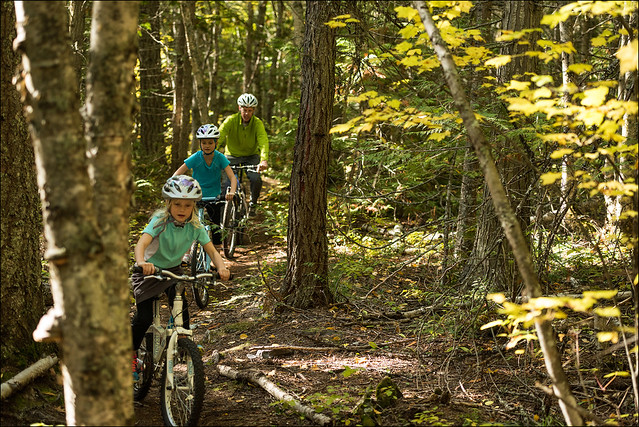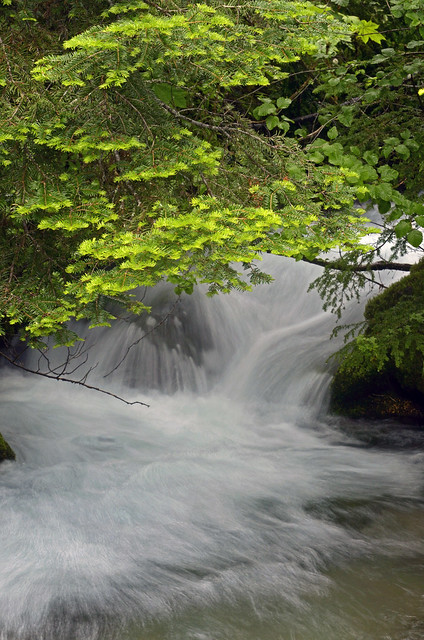
Privately-owned forests provide water, recreational opportunities, timber and other forest products, as well as habitat for fish and wildlife. However, as forests become fragmented by roads or converted to development, the benefits they provide can be compromised or lost altogether.
Now a new Economic Contributions of Land Conserved by the USDA Forest Service's Forest Legacy Program report (PDF, 2 MB) is asking that we take a closer look at the economic contributions of the privately-owned forests – specifically, forests conserved through the USDA Forest Service’s Forest Legacy Program (FLP). The FLP is one way that the Forest Service responds to land use changes that threaten rural communities and economies.
Researchers from the University of Massachusetts and the Forest Service used national, regional, and statewide data to estimate annual timber harvest volumes and wood utilization, the value of maple syrup production, and annual use and trip spending for fishing, hunting and snowmobiling for FLP-conserved properties in four areas of the country: the Northeast, Northern Wisconsin and Michigan, Idaho and Western Montana, and Georgia and South Carolina.
The numbers are compelling: the study found that $140 per acre average annual value was added to the regional economy from economic activities on FLP land in the study area and lands conserved with FLP funds support from 280 to 2,500 jobs per region. However, these findings came as no surprise to either locals or state decision-makers.
“In Georgia, we recognize that conserving working forest landscapes provides financial benefits to our local communities and our state economy,” said Georgia State Forester Chuck Williams. “Preventing conversion to non-forest uses and managing natural resources is part of our core mission, and the Forest Legacy Program helps us meet that mission.”

For example, on the other side of the country, a Forest Legacy Project in Montana’s Haskill Basin is part of a large complex of productive forest lands owned by F.H. Stoltze Land and Lumber Company, a family-owned business.
The State of Montana partnered with the community of Whitefish and Stoltze to conserve 3,000 acres through an FLP grant, ensuring that the land will remain owned and sustainably managed by Stoltze under a multi-resource management plan. The conserved property supports roughly 10 full-time workers in the wood products industry and another 33 workers in other business sectors across the state while producing about 1 million board feet of merchantable timber each year.
The conservation easement also ensures that the land will remain open to the public for hunting, fishing, snowmobiling, hiking, and biking. More than 40 miles of hiking and biking trails now connect the property to Whitefish, and these trails have attracted even more visitors to the area, contributing millions of dollars per year to the city’s economy through trip-related spending at hotels and restaurants.
